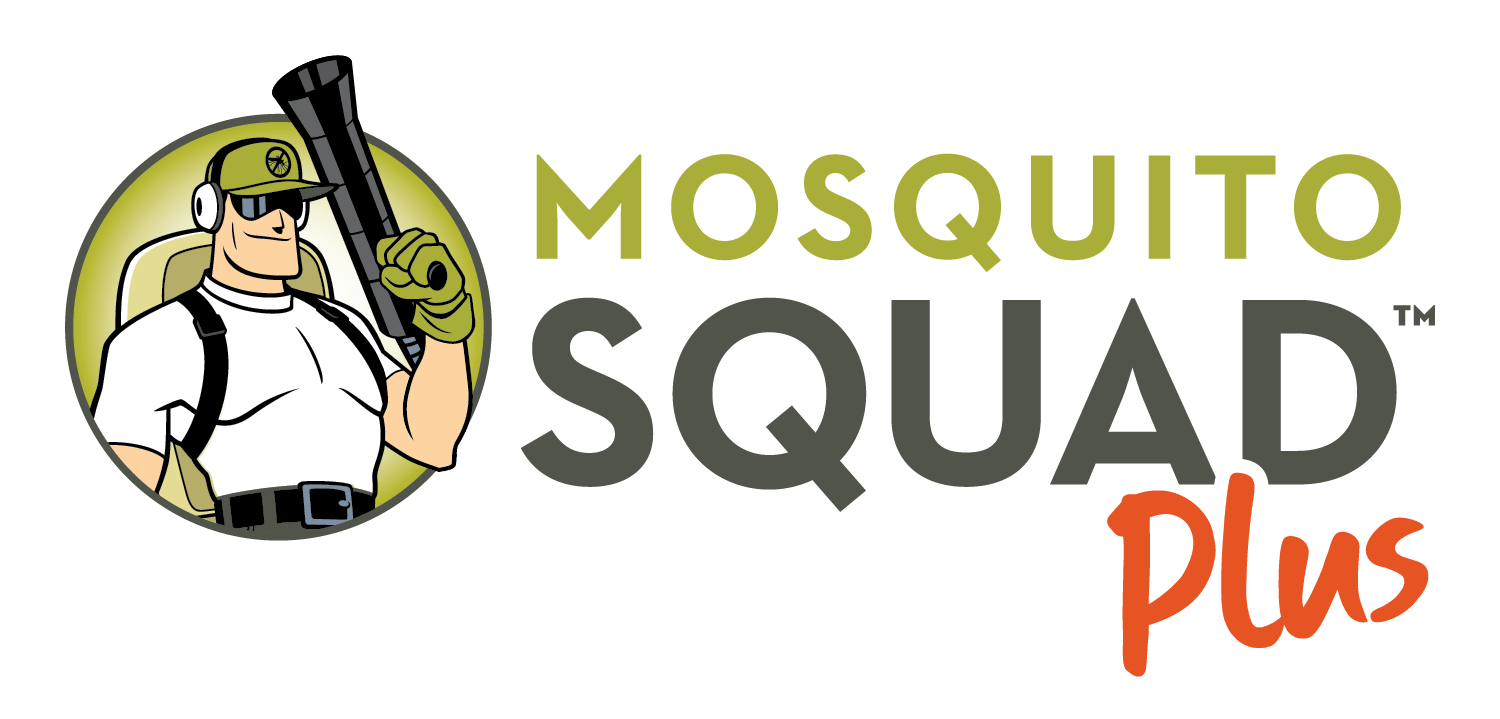Insect Control & Tree Disease Management
Trees are living things and, like all living things, are susceptible to insects and disease when they’re stressed.
Most homeowners don’t have the professional knowledge to spot the symptoms of disease or infestation early enough to prevent drastic measures or removal.
Your local independently owned and operated Monster Tree Service location has experts in tree pest control and disease management who can diagnose and treat your ailing trees.
Help your struggling trees: request an estimate online to get started.
Tree Disease Treatment and Management
- Many things can leave your landscaping open to tree diseases. You can protect your trees by:
- Having the soil analyzed for poor composition and quality
- Mulching away from the base of the trunk, or root flare (where the roots meet the trunk and ‘flare’ out)
- Scheduling professional planting for new trees
- Avoiding over-/under-watering
- Planting new trees away from interfering structures
- Avoiding tree overcrowding
- Avoiding trunk or bark damage and treating it correctly as soon as possible
- Other factors also play into the spread of disease.
Some ailments that affect trees and shrubs spread easily and quickly, even when steps are taken to avoid them. Fungal infections are often spread by wind and rain, which are unpredictable. Drought and floods can leave trees open to infection, while storm damage can leave openings for insect issues. You may even have an infestation and a sick tree at the same time – some diseases, like powdery mildew, can be spread by insects. Managing soil health helps you avoid these issues, but you need to treat disease and insects when you notice their signs.
How to Tell If a Tree Is Sick
We can confirm if a tree is sick or not, but to know when to ask for help, look for these signs:
- Yellowing or wilting leaves
- Brown or burnt-looking leaves
- Dark or white spots on leaves
- Broken or peeling bark
- Visible decay
- Dead or dying branches
- Stunted growth
What to Do If You Suspect Your Tree Is Sick
Call in the pros! Our tree disease identification experts will inspect for signs common tree diseases. After identifying your tree’s problem, our plant health care expert will recommend a treatment plan. They may recommend tree removal or a custom treatment plan to help prevent the spread of disease to other healthy plants.
How to Help Protect Trees from Insects with Tree and Shrub Insect Control
While naturally occurring insects often fit into the ecosystem without harming your trees, outside species are more likely to threaten tree health. Invasive emerald ash borers, hemlock woolly adelgids, black turpentine beetles, Douglas-fir tussock moths, and spotted lanternflies have all caused severe harm.
Call the experts to tell you whether you need tree insect control. When we arrive, our experts can tell you what kind(s) of insects have been harming your trees and the best course of action for treatment.
Get the Best Care with Professional Insect and Disease Management
When you get treated for an illness, you want to know that your doctor has all the proper qualifications. It’s the same for sick tree treatment! We design our professional treatments with updated research, using the most effective products and environmentally friendly application methods. We don’t just know how to help protect trees from insects and disease. We address any underlying conditions and recommend treatments that encourage overall tree health – not just spray for insects and diseases every year. Your Monster Tree Service arborist will work with you to select the ideal product, application method, and treatment schedule for your stricken trees.
Find a Pest Control Team and Tree Disease Specialist Near Me
Keeping your trees healthy is a big job. The expert arborists at your local Monster Tree Service have the knowledge and experience to care for plants facing insect and disease management problems. At the first sign of illness or pest damage, request a free estimate online or call (888) 744-0155 to schedule an appointment.
Frequently Asked Questions
What does insect damage to trees look like?
Look for signs of harmful insects, such as:
- Leaves with bitten holes
- Cottony white masses or tent-like caterpillar webs in the branches
- Puckered or crumpled-looking leaves
- Yellow, dry, or dull leaves
- Holes in the bark, especially if the bark falls off around them
- Black, sticky residue on leaves or branches
How do trees get diseases?
Trees most frequently get sick when they’ve been compromised or stressed. Your trees are more vulnerable when they:
- Lack nutrients
- Don’t get enough sun or water
- Are planted in poor soil
- Have wounds on their trunks or branches
- Are near other sick trees
Related Services
Few people understand how vulnerable trees can be. To help keep our clients’ trees healthy, we employ simple but effective practices like:
- Soil and tissue testing determine what your tree needs to thrive and whether it’s getting those nutrients from the soil.
- Corrective shrub and tree pruning to maintain your landscaping’s health without leaving weak spots for insects or diseases to attack.
- Regular tree inspections to catch early signs of damage when it’s best to treat.















